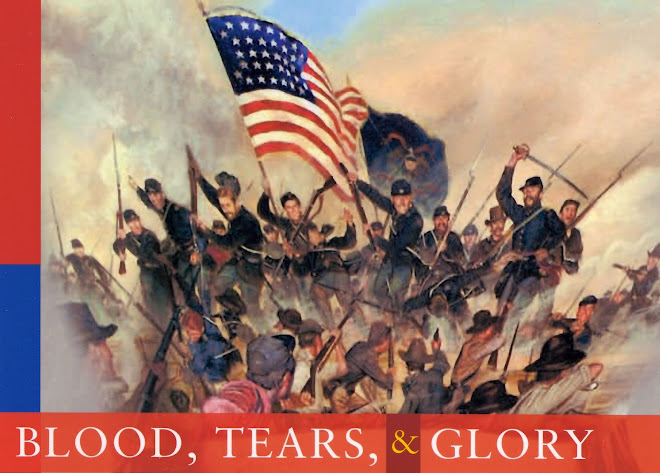
Combat at last!
With snow and cold gripping western Virginia, most of the Union troops stationed in outposts throughout the area huddle in their tents, crude huts, and commandeered houses and try to amuse themselves, feeling very put out at being shunted to the sidelines of the war. In reality, not very much is going on anywhere in the war, so in western Virginia the endless games of checkers, the carving of pipes and other knickknacks, and even an occasional “stag dance” must suffice for the bored soldiers.
But not all. A 45-year-old
But Milroy’s attack, which takes place in bitter cold and gusty winds, is spoiled when Confederate picket guards detect his approach. Disorganization among the inexperienced Union troops makes things worse. Things get even worse than that when the Confederates open fire with their artillery; Milroy’s force had none. Finally, Milroy gives the whole thing up and retreats, licking his wounds (137 Union casualties, including 20 killed, to the Confederates' 146 casualties, including 25 killed). The Confederates do not follow, however, and historians generally regard the battle of Camp Alleghany as ending inconclusively.
BUT at least some Midwesterners were trying to carrying the war to the enemy, and in difficult circumstances. That was more than George B. McClellan was doing with his well-polished Army of the Potomac.



No comments:
Post a Comment